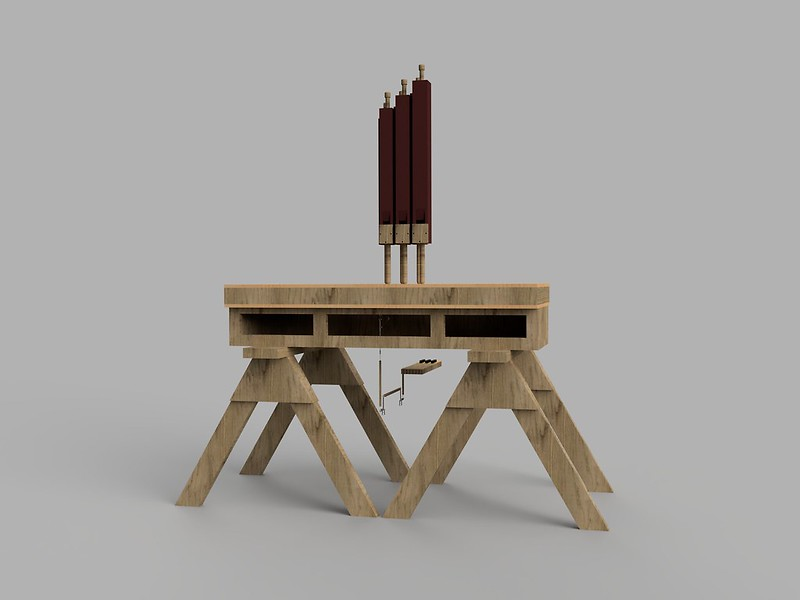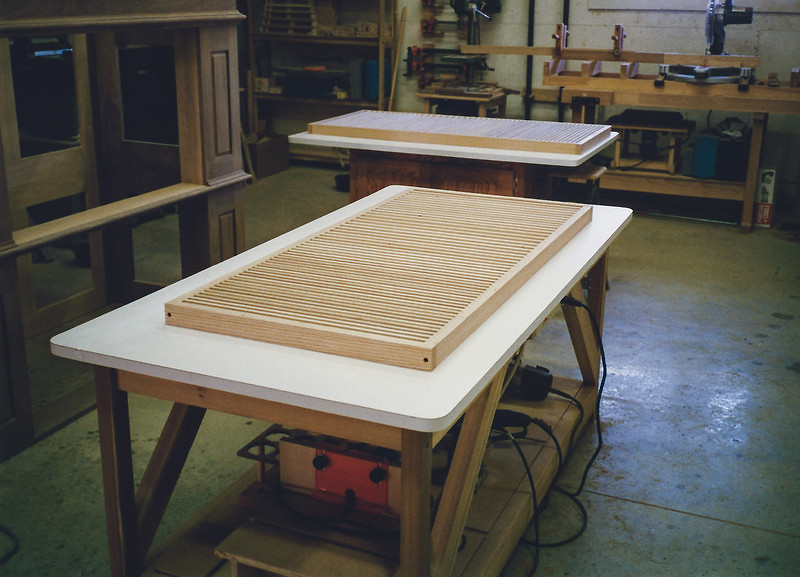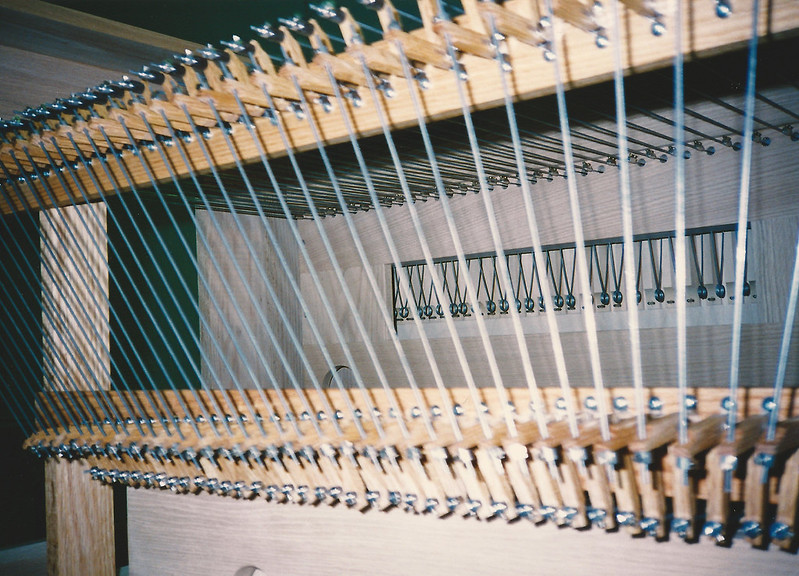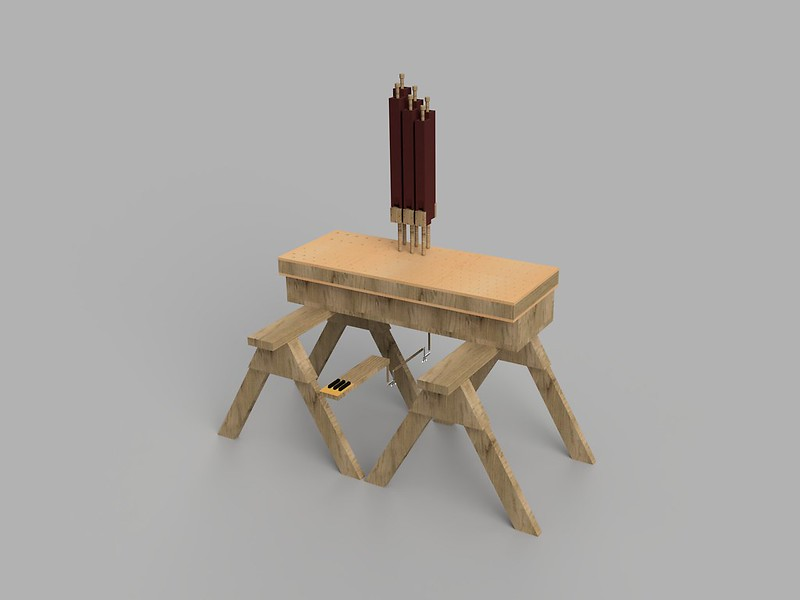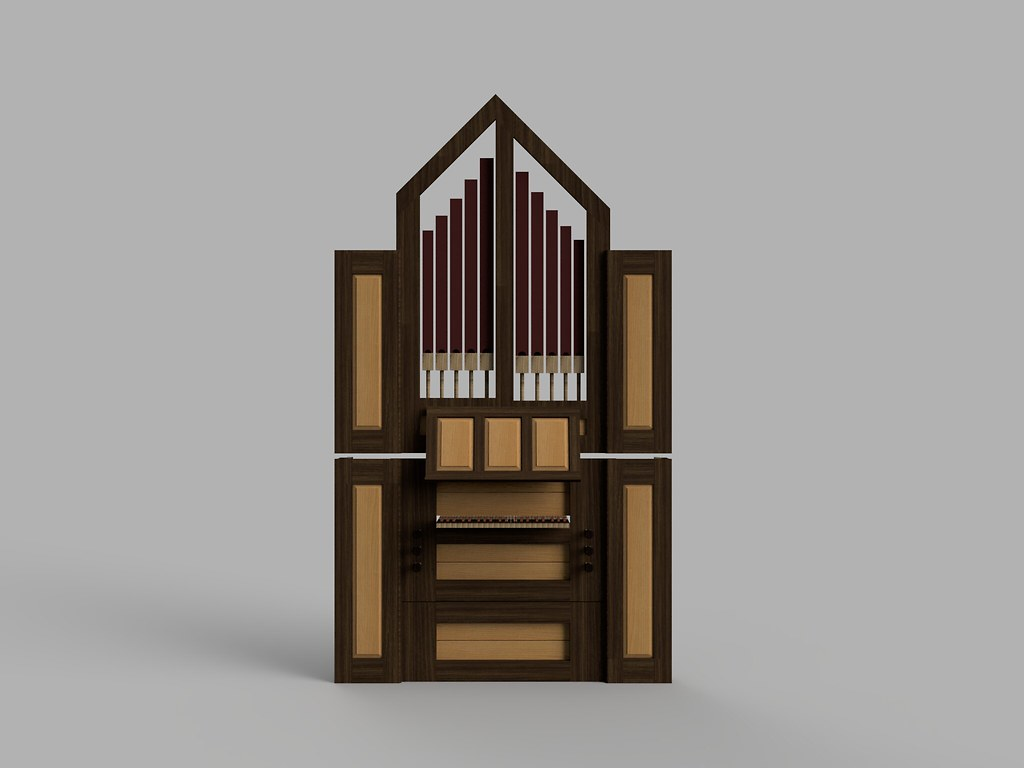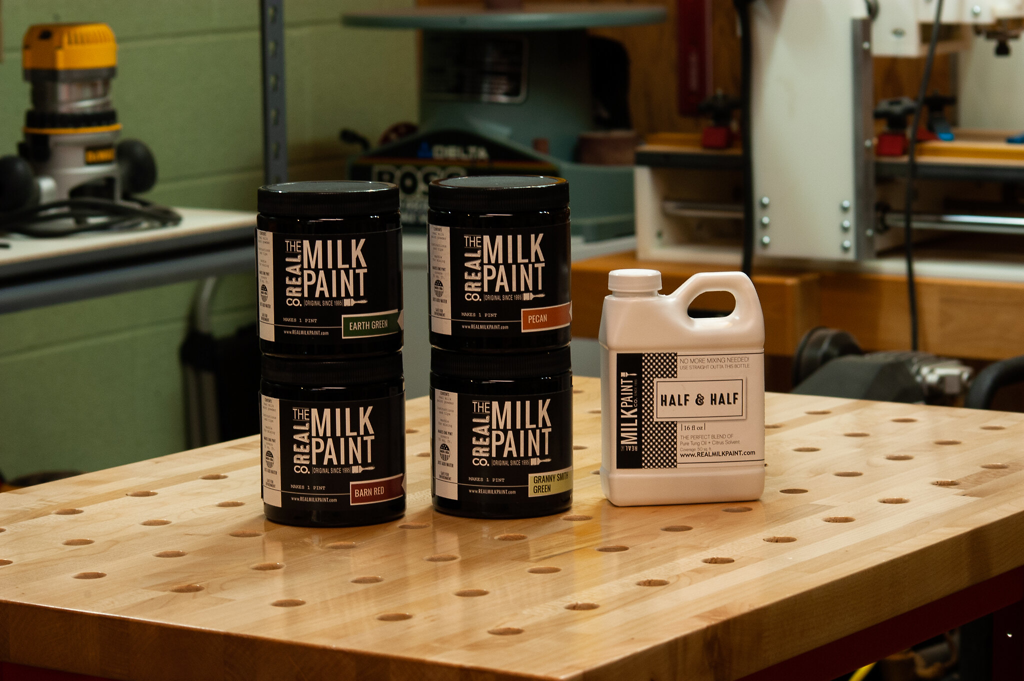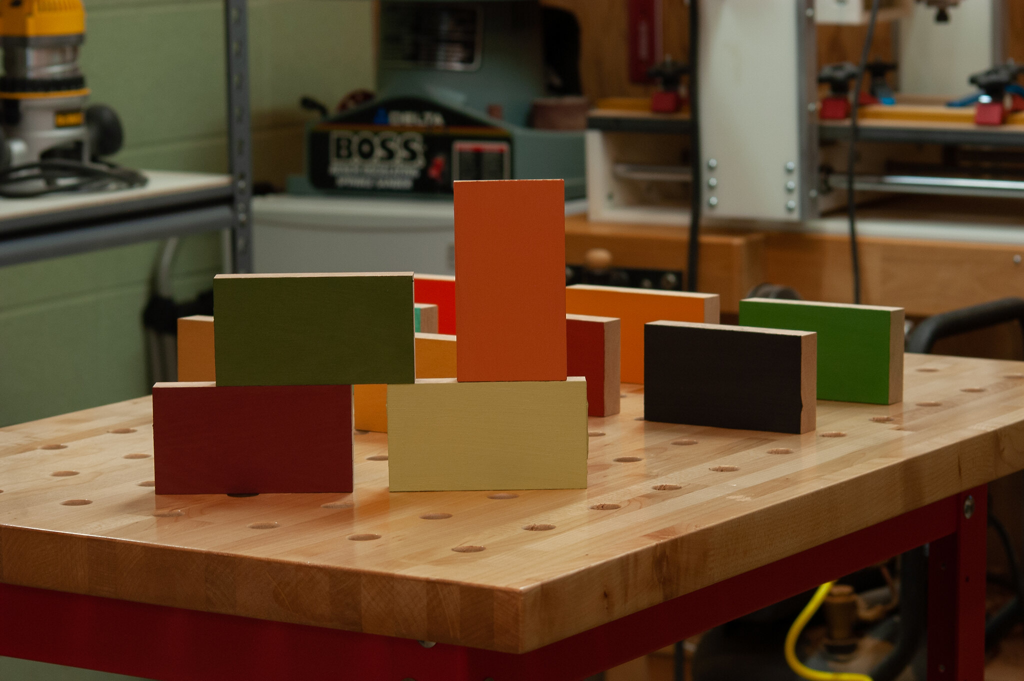Organ Pipes Produce the Sound We Hear, While Everything Else Supports Them in Doing That
![]() September 6, 2025 14:33
September 6, 2025 14:33
Welcome back to the blog, where I plan to conduct a design study that conceptually builds a very real church, an organ they didn't ask for, using pipes taken from their existing mid-industrial era gallery organ. I think of the organ in terms of tradition. Tradition, though, must evolve to remain relevant. This design study provides me with the opportunity to develop, if only on paper, an example of my 43-note continuo for a space I am familiar with, using material I am familiar with. I was an organist there for eight years.
If you are new to my project, start here and work your way up. This is the seventh in that series.
At one point, I considered developing a simple mathematical formula and labeling it 'design efficiency.' Organ pipes produce the sound we hear. Everything else belonging to the organ supports them in making that sound. If we take the value of the pipes and divide it by the value of the supporting systems, we get a ratio that I call design efficiency. I want greater value placed on the sound-producing component than on the mechanisms that effect the production of that sound.
Some of the things that support the pipes making sound are:
- windchest
- key action
- stop action
- keyboard
- wind supply
Let's start with the windchest and key action. I modeled and modified the windchest from the first organ I built as an independent builder for use in my 43-note continuo design. I include design renderings, along with photos I took during the construction of my original opus list, to help you better understand what I discuss here.
My instruments use a simple mechanical key action that directly connects each key to its corresponding pipe valve. The action is reliable, tactile, and easy to regulate.
Finally, I've been placing things on sawhorses when creating design renderings. This gives me a perspective that a simple rendering of the design does not.
Posted September 6, 2025 14:33
Add Your Comment
Reuse and Recycle: The Story of a 43-Note Build
by Steve Panizza
Recent Blog Entries
Archive
